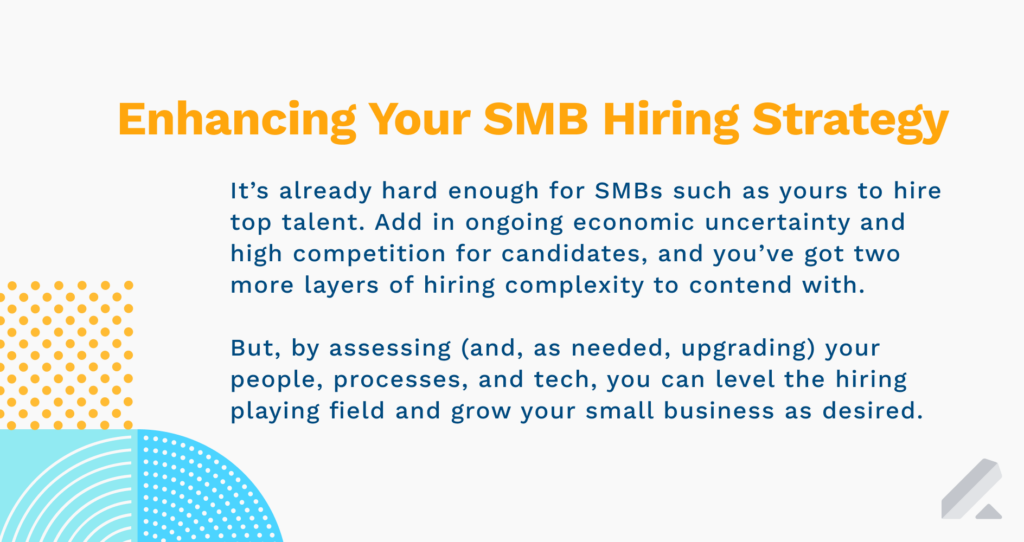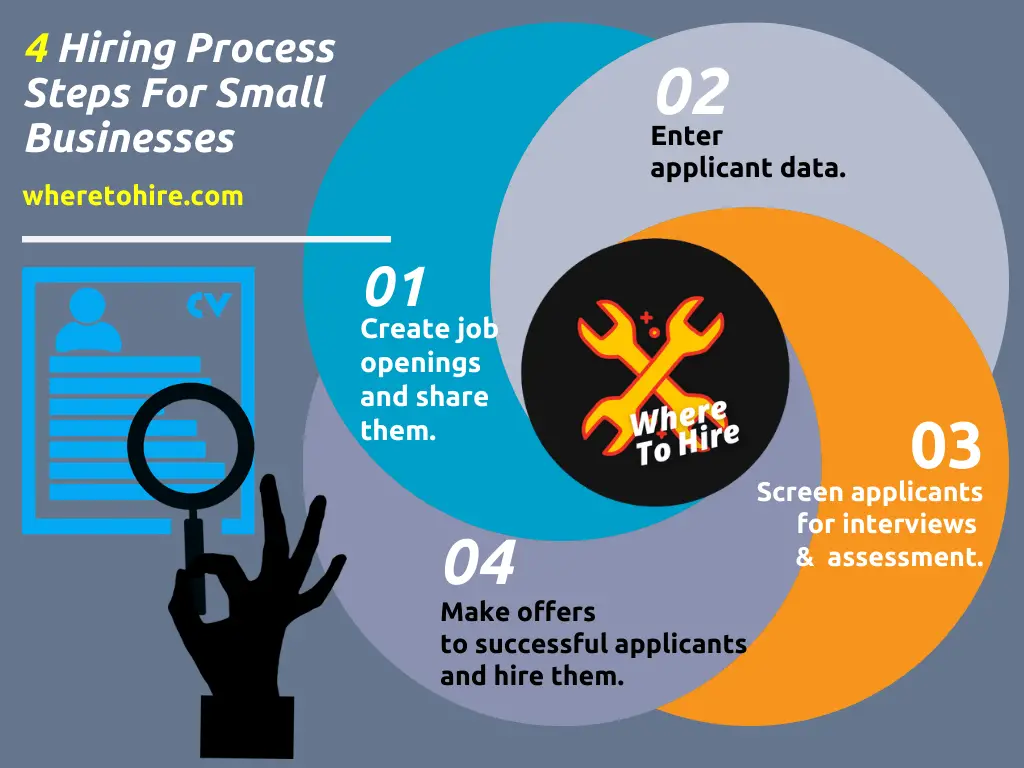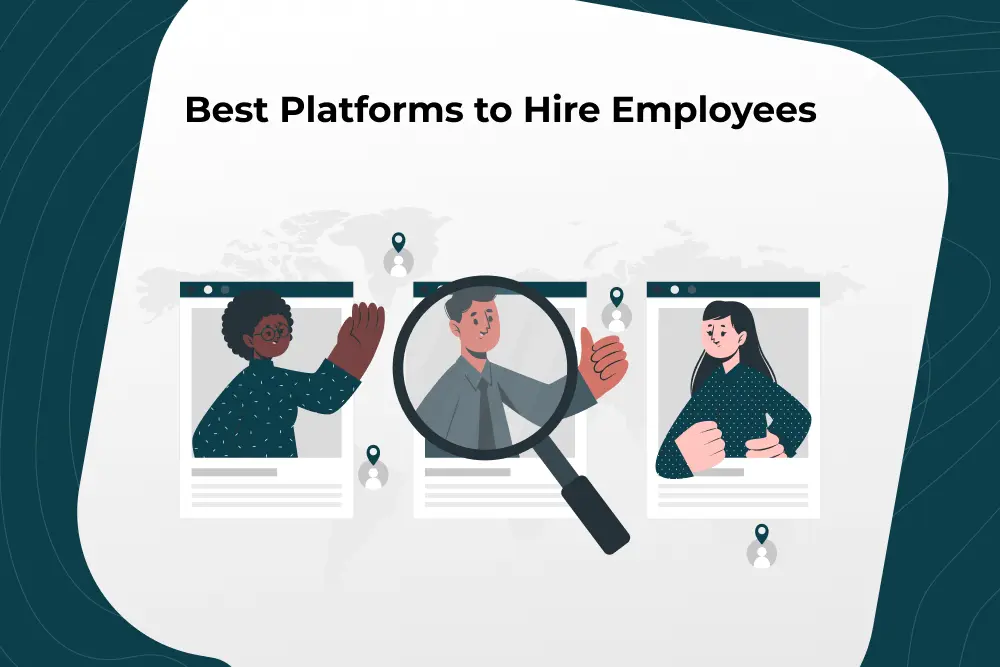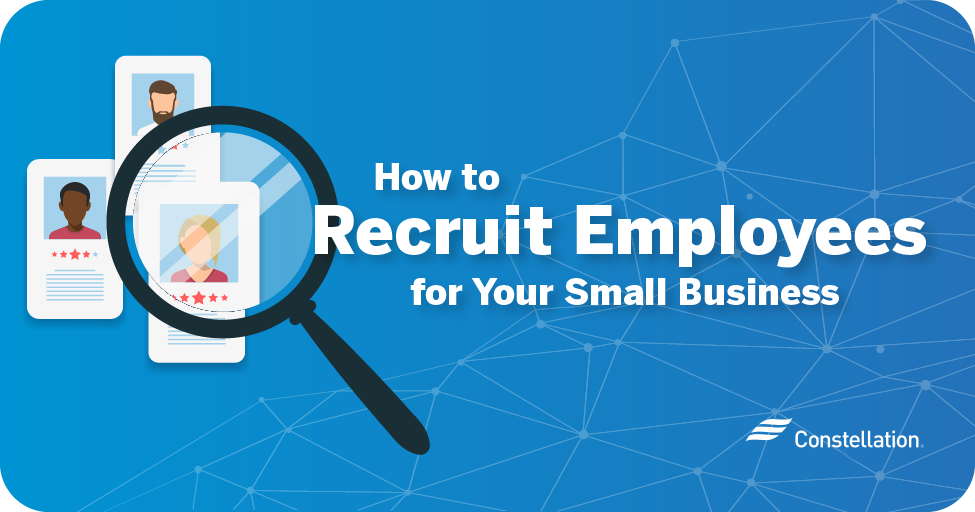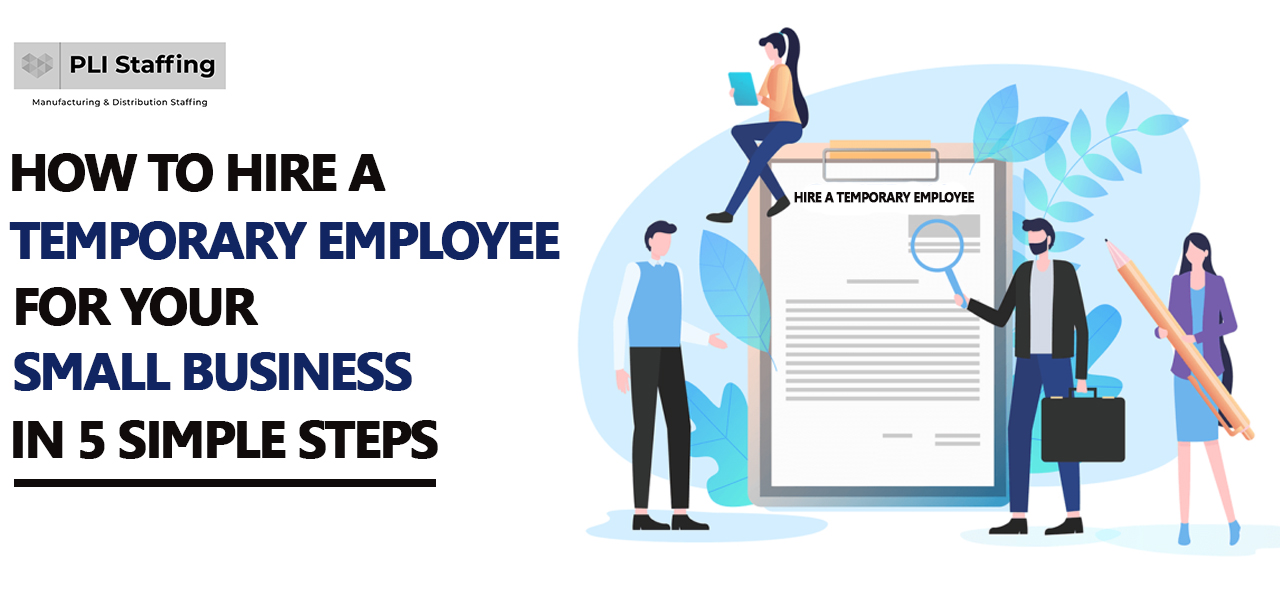When To Hire Employees For Small Business

Small business owners face a critical crossroads: knowing precisely when to expand their team. Hiring too soon can cripple finances; waiting too long can stifle growth and lead to burnout.
This article provides a practical guide to identifying the optimal time to hire, focusing on key indicators and strategic considerations for sustainable business success. It's about navigating the complexities of scaling up without jeopardizing your company's stability.
Recognizing the Signals: Key Indicators
Overwhelming Workload: Are you consistently working beyond reasonable hours and still falling behind? This is a primary signal. It suggests a need for additional support to manage the increasing demands.
Missed Deadlines and Declining Quality: Are deadlines being missed or is the quality of your product or service suffering? Overwork leads to mistakes and compromises the brand's reputation.
Stalled Growth: Is your business plateauing despite marketing efforts and a strong market? A lack of resources can be the bottleneck preventing further expansion.
Quantifying the Need: Data-Driven Decisions
Before making any hire, analyze key metrics. Track revenue growth, customer acquisition costs, and customer satisfaction scores.
A consistent upward trend in revenue coupled with high customer satisfaction signals the potential for scaling. Conversely, high customer acquisition costs might suggest the need for improved efficiency before further investment in personnel.
According to the Small Business Administration (SBA), successful small businesses often experience a 20% or higher revenue growth rate before considering significant personnel additions.
Strategic Considerations: Beyond the Numbers
Task Delegation Analysis: Can any tasks be easily delegated? Identify repetitive or time-consuming tasks that can be outsourced or assigned to a new hire.
Skill Gap Assessment: What skills are currently lacking within your team? Hiring should fill those gaps and enhance the overall capabilities of the company.
Future Growth Projections: What are your long-term business goals? Consider hiring strategically to anticipate future needs and prevent being caught short-handed.
Types of Hires: Finding the Right Fit
Freelancers and Contractors: Ideal for short-term projects or specialized skills. Allows flexibility without the long-term commitment of a full-time employee.
Part-Time Employees: A good option for businesses with fluctuating workloads. Offers a balance between cost and commitment.
Full-Time Employees: Necessary for core functions and long-term growth. Requires a more significant investment in salary, benefits, and training.
Financial Preparedness: Can You Afford It?
Thoroughly assess your finances before hiring. Calculate the total cost of employment, including salary, benefits, taxes, and overhead.
Cash Flow Projections: Create a financial model to project cash flow with the added expense of a new hire. Ensure sufficient funds to cover these costs for at least six months.
The U.S. Chamber of Commerce recommends having at least three to six months of operating expenses saved before expanding your team.
The Hiring Process: Minimizing Risk
Clearly define the role and responsibilities of the new position. A well-defined job description attracts qualified candidates and sets clear expectations.
Conduct thorough interviews and background checks. Verify qualifications and assess the candidate's cultural fit with your company.
Implement a probationary period. This allows you to evaluate the new hire's performance and suitability before making a permanent commitment.
Next Steps: Ongoing Evaluation
Regularly evaluate the performance of your new hires. Track key metrics and provide feedback to ensure they are meeting expectations and contributing to the company's success.
Be prepared to make adjustments as needed. Scaling a business is a dynamic process, and adapting to changing circumstances is essential for long-term sustainability.
Consult with business advisors or mentors. Their experience can provide valuable insights and guidance as you navigate the challenges of growing your team and scaling your business.




